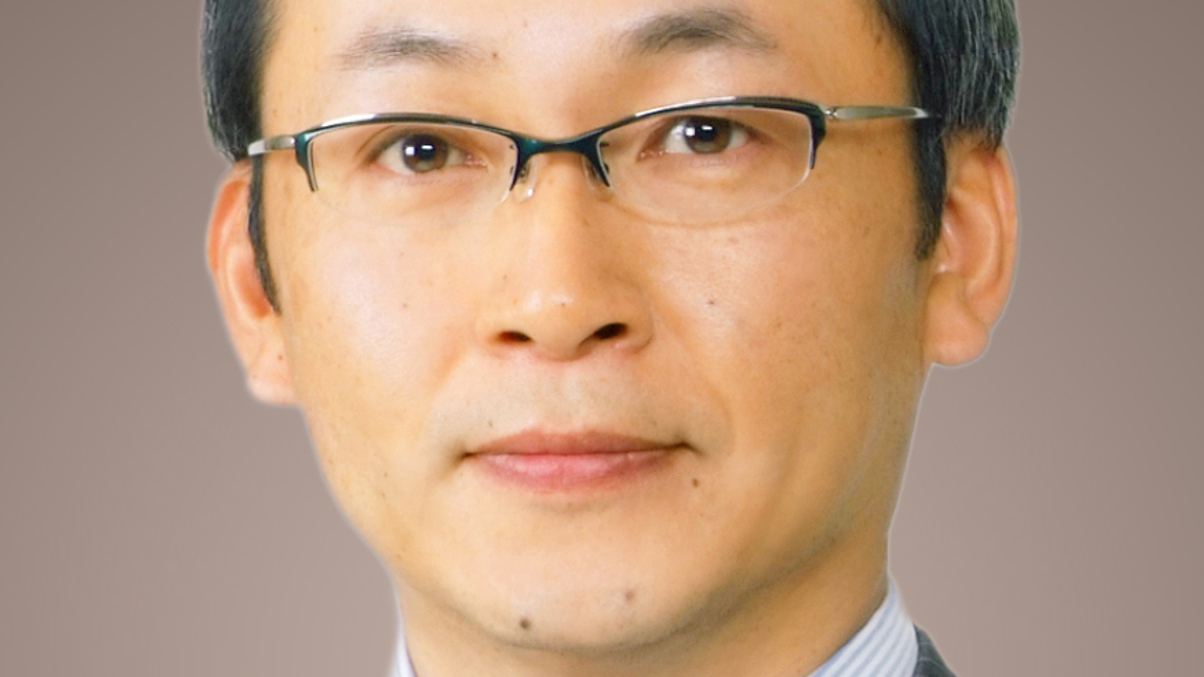Manulife AM steps up sales effort in Japan
The fund house aims to capitalise on Japanese pension plans' growing interest in new investment types, including Asian fixed income and certain alternatives.

Manulife Asset Management (Japan) is ramping up marketing of its Asian fixed income and specialist alternatives capabilities as local institutions look to tweak their asset allocations.
Sign in to read on!
Registered users get 2 free articles in 30 days.
Subscribers have full unlimited access to AsianInvestor
Not signed up? New users get 2 free articles per month, plus a 7-day unlimited free trial.
¬ Haymarket Media Limited. All rights reserved.


